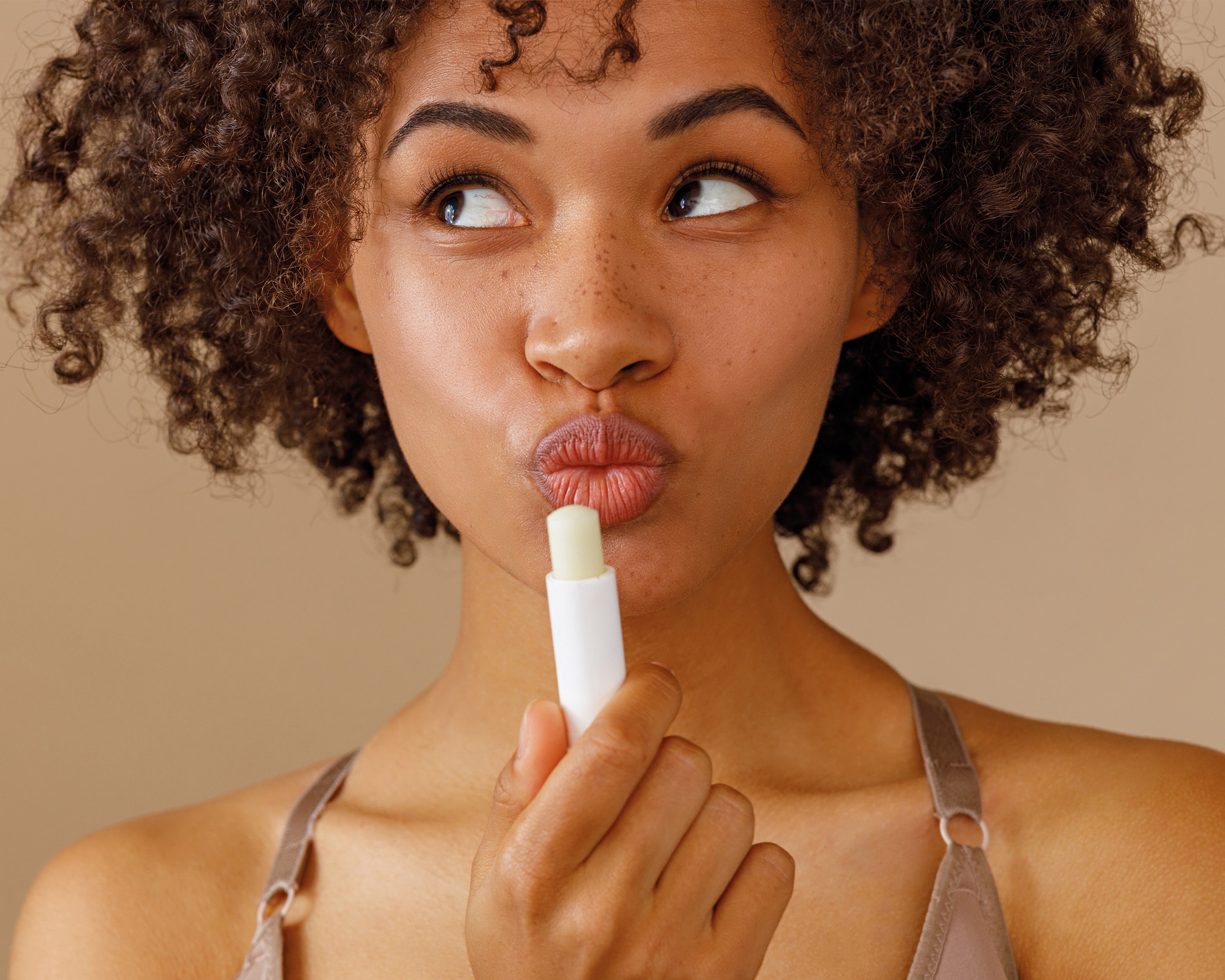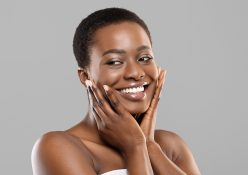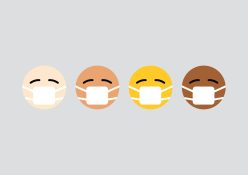From chafing thighs and dry lips to bacne and ingrown toenails, we all experience uncomfortable body issues due to an active lifestyle. We chat to a few experts for some much needed advice.
From helping you to maintain a healthy weight to boosting your overall mood, the benefits of exercise and an active lifestyle on our health and well-being, and even our skin, are well known. However, starting a new exercise regime or having an active lifestyle can also have some negative side effects; but don’t let the frustration of these uncomfortable body issues derail your attempts to get fit. Take a look at the following most common issues and how to deal with them.
Chafing
No matter what sport you do or what high-tech gear you’re wearing, chances are high that you’ll have to deal with chafing at some point. “Chafing is when skin rubs against skin or clothing, and it can be very painful,” says Mari Leach, head biokineticist at Discovery Vitality. It can happen anywhere on the body, but the skin on the nipple areas, thighs, groin, and underarms are particularly sensitive to chafing.
How to reduce chafing
Mari shares her three main ways to prevent chafing:
- Keep dry. Chafing powders, or even baby powder, can help to absorb moisture from your skin and reduce friction. These can also help prevent blisters and rashes from developing on your feet. Wearing a moisture-wicking fabric layer under your workout top can also help absorb moisture and provide some protection from chafing.
- Moisturise. A thick gel or moisturiser can help protect against chafing by reducing the friction to the skin. Petroleum jelly is the most affordable solution, but there are various moisturisers you can try.
- Choose your outfit wisely. Invest in moisture-wicking, breathable fabrics for your workout clothes to reduce friction. Make sure that they fit correctly, and the seams of your clothing are tightly woven and smooth.
Bacne
Body acne or “bacne” as it’s commonly referred to, has the same common causes as facial acne. It tends to concentrate around the chest, shoulders and upper arms as those areas have a higher concentration of pores and sebaceous glands. Body acne is common among people who regularly exercise as the combination of sweat, and the constant friction between the skin while working out, can irritate the skin. This helps create the perfect conditions for clogged pores as well as the infections that cause body acne.
How to combat bacne
To manage ‘bacne’, leading specialist dermatologist, Dr Matete Mathobela shares a few recommendations:
- Shower immediately after sweating to remove sweat and oil from your skin.
- Use a gentle cleanser containing salicylic acid to help unclog pores and prevent breakouts.
- Wear loose-fitting clothing made of breathable materials to help reduce friction and irritation on your back.
Ingrown toenails
An ingrown toenail happens when the edge of the nail grows into the skin around it, causing pain, swelling, redness, and sometimes an infection. Bumping your toe or doing lots of activities that strain your feet, like running, can hurt the nail bed and the skin around it. As a result, the nail can grow irregularly or dig into the skin, increasing your chances of developing an ingrown toenail.
How to manage ingrown nails
Megan shares how to treat an ingrown nail:
- Carefully trim your toenails straight across to prevent them from growing into surrounding skin.
- Wear shoes that fit properly with enough room for your toes to prevent pressure on the nails.
- Soak your foot in warm water with Epsom salt and gently massage the area to reduce inflammation if you develop an ingrown toenail.
Hyperpigmentation
If your workout or physical activity involves being outdoors, chances are you’ll be spending lots of time under the sun. This not only dehydrates the skin but also increases melanin production that can lead to an irregular skin tone or hyper- pigmentation. This often manifests itself in “age spots” or freckles. What all this means is that excessive sun exposure can cause loss of elasticity, wrinkles, age spots, freckles and other premature signs of ageing.
How to treat hyperpigmentation
Dr Bradley Wagemaker, medical director at Lamelle Research Laboratories, shares how one can tackle pigmentation:
- Wear sunscreen every day as a non-negotiable. Apply sunscreen 20 to 30 minutes before you head out the door and remember to reapply regularly throughout the day. Choose a broad-spectrum sunscreen that’s at least SPF 30. Sweat and water-resistant physical sunscreens are especially great as they are designed specifically for active lifestyles.
Dry lips
Possibly the most common cause of dry lips is dehydration. When your body is dehydrated from sweating, it causes a decrease in saliva production. Because the skin on your lips is so thin and delicate, it’s actually one of the first areas of your body to show signs of dehydration.
How to protect dry lips
Meagan Claasen, owner and trainer of The Megan Method, shares her top tips for keeping lips hydrated:
- Drink plenty of water to stay hydrated throughout the day.
- Use a lip balm with SPF protection to keep your lips moisturised and protected during outdoor activities.
- Stop licking, biting, and picking at your lips. When lips feel dry, it may feel natural to wet them by licking them, but this can worsen the problem. As saliva evaporates, your lips become drier.
Words by Leila Petersen
Photography: Gallo/Getty Images







